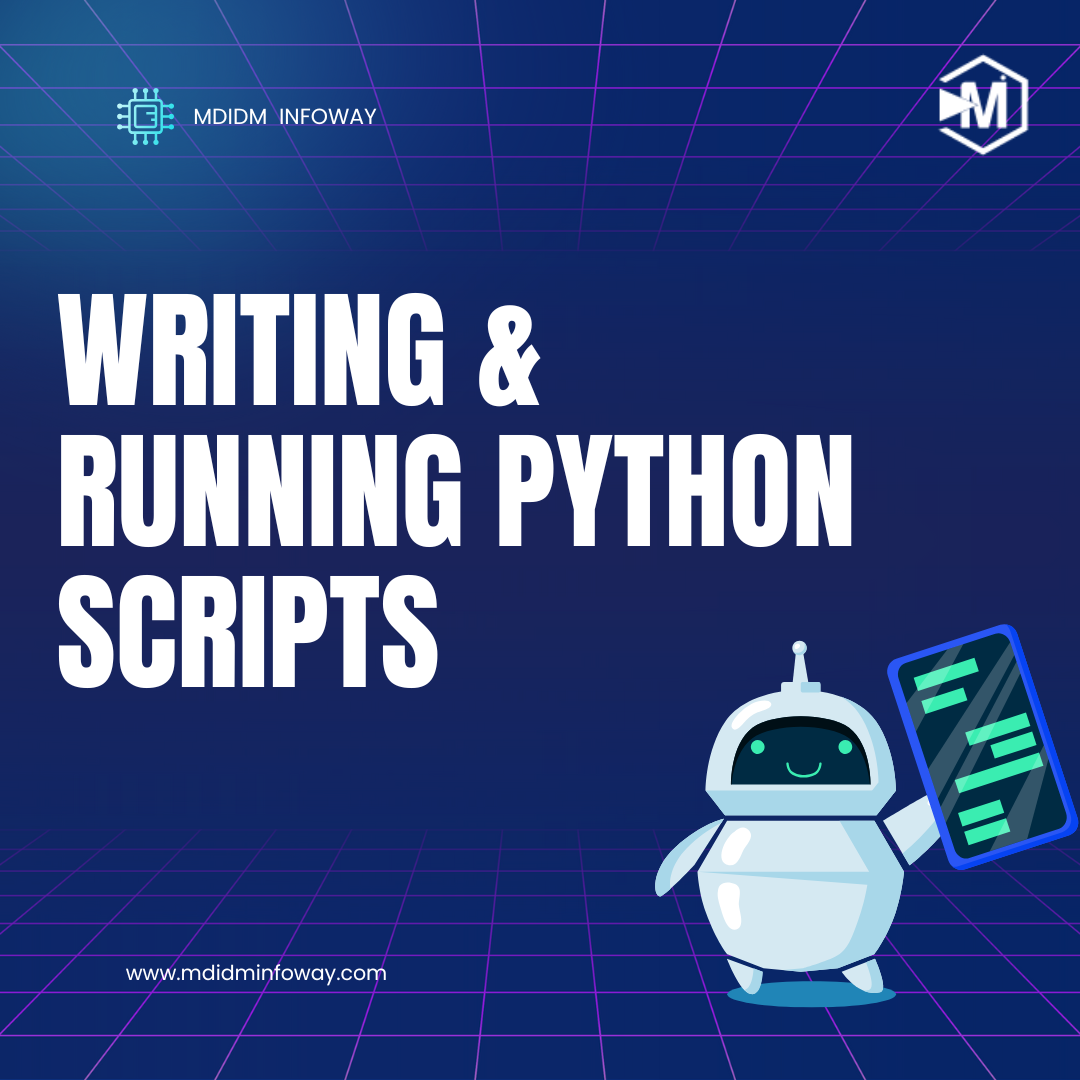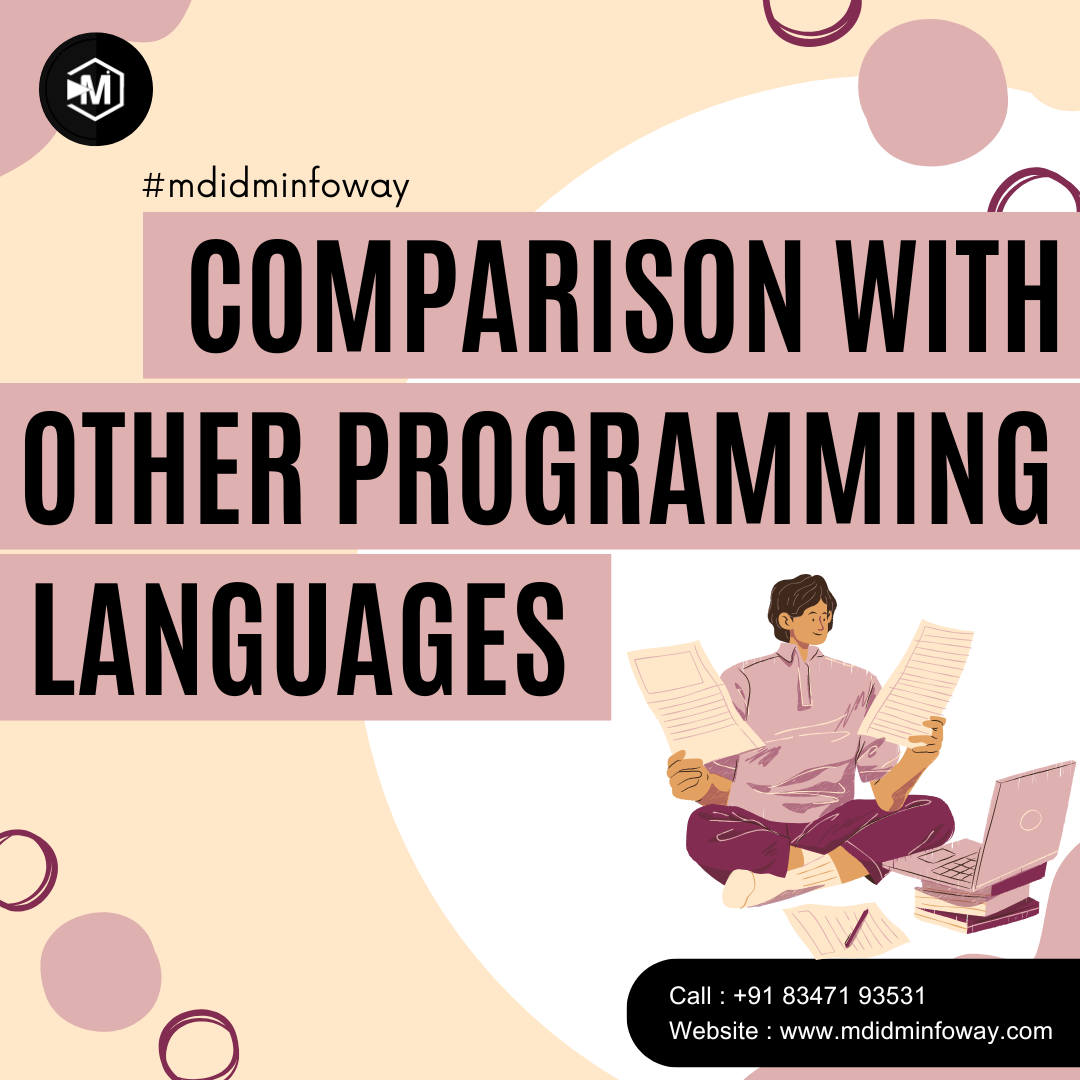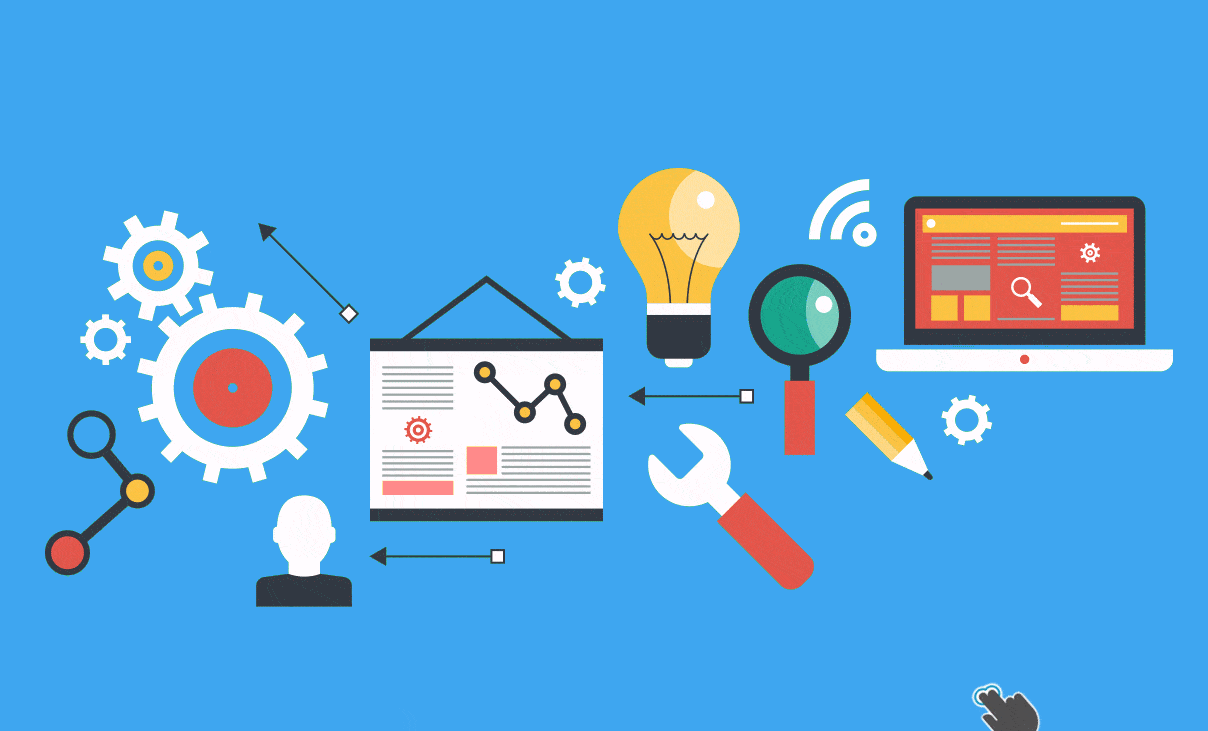OUR Blogs

How Python Works Writing and Running Python Scripts
How Python Works Python scripts are plain text files with a .py extension. Interactive Shell: Open a terminal and type python or python3 to run commands in real-time. Writing Scripts: Use an editor like VS Code, PyCharm, or Jupyter Notebook. Running Scripts: Open a terminal, navigate to the script’s directory, and run: sh Copy Edit python script_name.py Python is simple for beginners yet powerful for advanced developers.

How Python Works How Python executes code Interpreter vs Compiler
How Python Executes Code: Interpreter vs. Compiler Python is an interpreted language, executing code line by line rather than compiling it beforehand. This makes it flexible and easy to debug but slower than compiled languages like C or Java. Python's Execution Process Source Code (.py file) – Human-readable Python script. Bytecode Compilation (.pyc file) – Converted into an intermediate bytecode. Execution by PVM – The Python Virtual Machine (PVM) processes bytecode line by line. Why Python Uses an Interpreter? Platform Independence – Runs on any system with Python installed. Ease of Debugging – Ideal for scripting and interactive development. Tools like PyPy (JIT Compiler) and Cython improve performance by adding compilation-like optimizations.

Introduction to Programming Language Comparison with other programming languages
Python vs. Other Languages C++: Python is easier; C++ offers better performance & system control. Java: Python has simpler syntax; Java excels in enterprise applications. JavaScript: Python for backend & data science; JavaScript for web development. R: Python is versatile; R specializes in statistical computing. Go: Python is user-friendly; Go is optimized for performance & concurrency. Python's simplicity, rich libraries, and versatility make it a top industry choice.

Introduction to Programming Language Key Features of Python
Key Features of Python Easy & Readable: Simple syntax, beginner-friendly. Interpreted: Executes code line by line. Versatile: Supports multiple programming paradigms. Rich Libraries: Built-in & third-party support. Cross-Platform: Runs on Windows, macOS, and Linux. Dynamic Typing & Memory Management: No manual type declaration, automatic garbage collection. Python's power and simplicity make it a top choice for developers!

Introduction to Programming Language Python
Python: A Versatile Programming Language Python, created by Guido van Rossum in 1991, is a high-level, interpreted language known for its simplicity, readability, and versatility. It is widely used in web development, data science, AI, and automation, supporting multiple programming paradigms with a vast standard library. Key Milestones: 1991: Python 0.9.0 released 2000: Python 2.0 introduced list comprehensions & garbage collection 2008: Python 3.0 launched with major improvements 2020: Python 2 reached end-of-life Python remains a top choice for both beginners and professionals due to its ease of use and powerful ecosystem.




